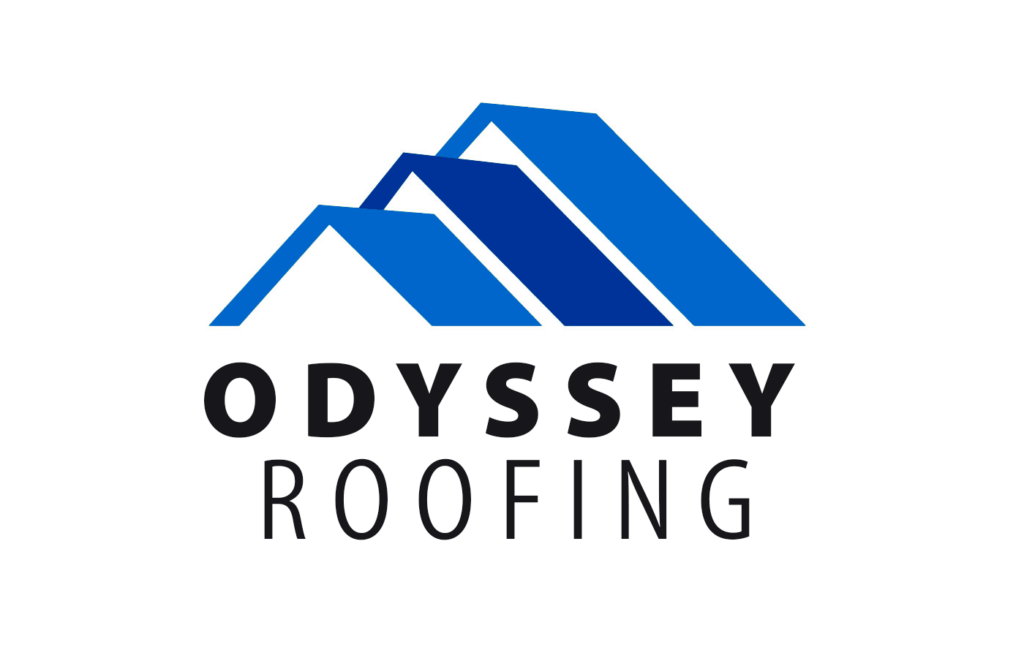How Often Should I Replace My Roof? Roof Replacement Guide
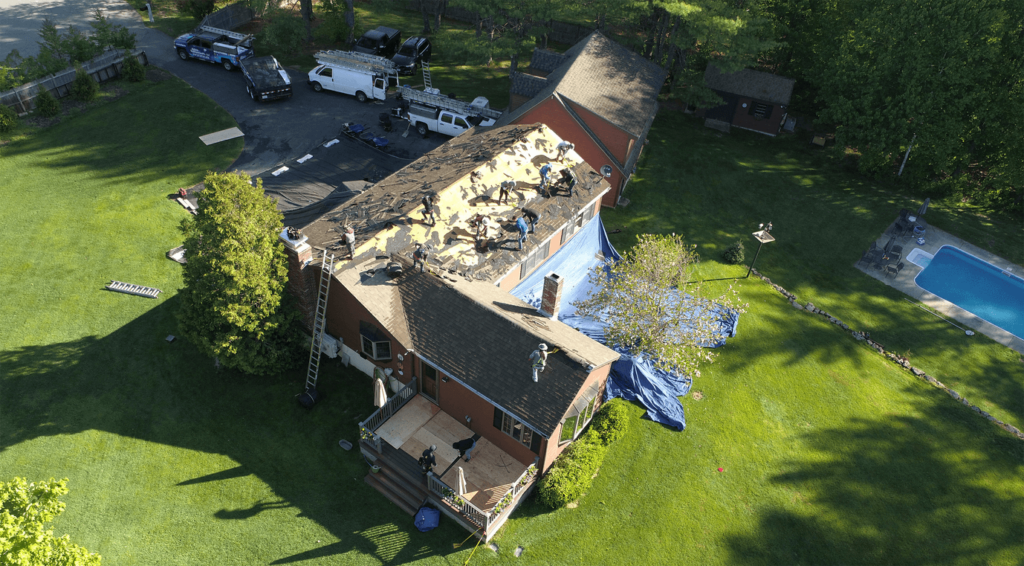
“How often should I replace my roof” is a question that’s likely crossed every homeowner’s mind at some point. The roof is integral to the home, protecting you from the elements. So, how often should you replace it?
Generally, roofs should be replaced every 20 to 25 years. However, this can vary based on factors such as material, climate, and maintenance.
Now that you know the general timeframe, you might wonder what factors could cause this number to vary. Does the material of your roof affect its lifespan? How does the weather in your area play into this? Stick around as we delve into these questions and more!
1: Understanding Roof Lifespan
Why Lifespan Matters
Understanding a roof’s lifespan is crucial for proper maintenance and budget planning. A roof in good condition is vital for the safety and well-being of your family. A damaged or deteriorating roof can lead to water leaks, mold growth, and structural issues.
Material Matters
The lifespan of a roof varies significantly depending on the materials used. For example, asphalt shingles typically last about 20 years, while metal roofs can last up to 50 or more. Knowing what your roof is made of can help you gauge when it might need replacing.
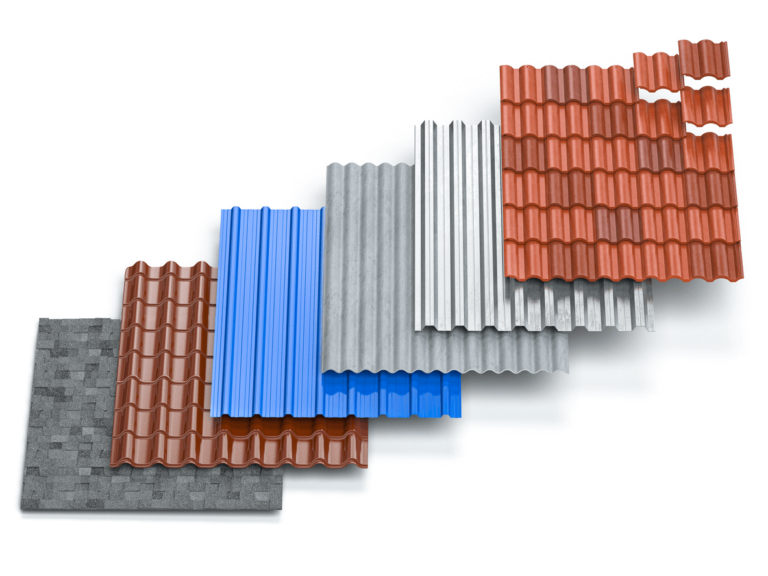
Location and Climate
Your home’s location and climate also significantly affect how long your roof will last. For instance, a roof in an area with harsh winters and lots of snow might not last as long as one in a milder climate.
Regular Maintenance
Regular maintenance is key to extending the lifespan of your roof. By monitoring for damage and promptly making necessary repairs, you can prevent small issues from turning into big problems.
Having covered the basics, you might be thinking about the immediate signs that tell you when a roof needs replacement. We’ll explore that next.
2: Recognizing the Signs of a Worn-Out Roof
Curling and Buckling Shingles
Curling or buckling shingles are a clear sign that your roof might need replacement. This is often a result of age but can also be due to poor installation or inadequate ventilation.
Leaks and Water Damage
If your roof is leaking or you notice water stains on the ceiling, it’s a sure sign that your roof needs attention. Ignoring leaks can lead to more extensive damage, so addressing them promptly is important.
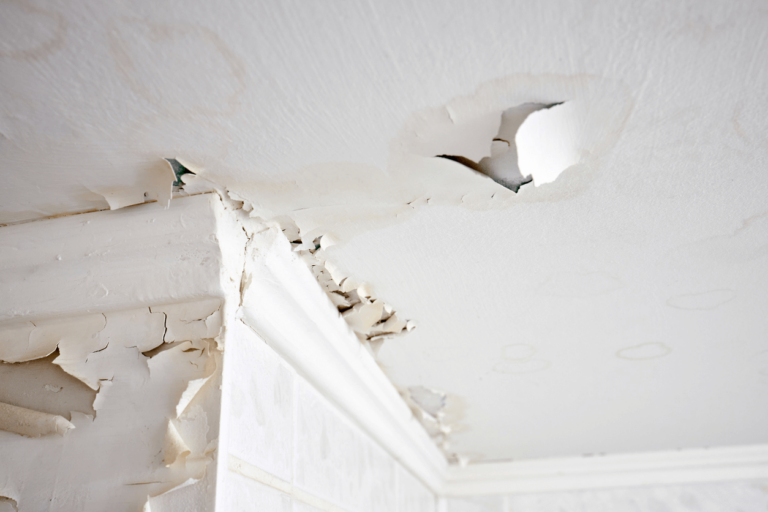
Sagging Roof
A sagging roof is a serious issue and typically indicates structural problems. This could be due to the weight of the roofing materials, water damage, or underlying issues with the home’s foundation.
Granule Loss
Asphalt shingles lose granules as they age. If you notice excessive granules in your gutters or downspouts, consider replacing your roof.
Did you know that the cost of replacing a roof can vary greatly? Next, we will examine the different factors affecting the cost.
3: Cost Factors for Roof Replacement
Size of the Roof
The size of your roof is one of the biggest factors in determining the cost of replacement. Larger roofs require more materials and labor, which increases the overall cost.
Roofing Materials
As mentioned earlier, the materials used for your roof will affect its lifespan. They also play a significant role in the cost. For instance, metal roofing is more expensive than asphalt shingles but lasts longer.
Labor Costs
Labor costs vary depending on where you live and the complexity of the job. Getting several quotes from reputable contractors is important to ensure you’re getting a fair price.
Additional Repairs
If your roof has underlying issues such as water damage or structural problems, these will need to be addressed during the replacement, which can add to the cost.
Intrigued about roofing materials? Let’s dig deeper into the different types and their pros and cons.
4: Exploring Roofing Materials
Asphalt Shingles
Asphalt shingles are the most common roofing material in the United States. They are relatively affordable and come in a variety of colors and styles.
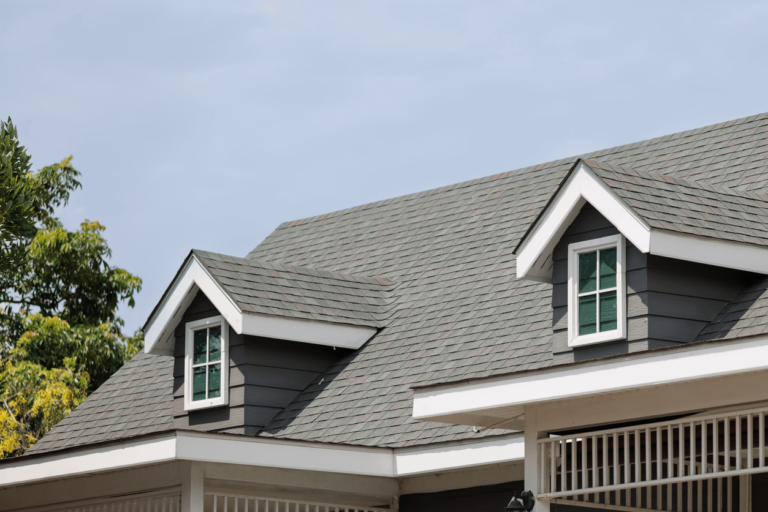
Metal Roofing
Metal roofing is known for its durability and long lifespan. Though it’s more expensive upfront, it can save money in the long run due to its low maintenance needs and longevity.
Cedar Shake Shingles
Cedar shake shingles offer a natural and rustic look to your home. However, they require more maintenance than other materials and are not as fire-resistant.
Slate Roofing
Slate roofing is extremely durable and can last for over a century. However, it’s also one of the most expensive roofing materials and requires a skilled installer.
Let’s move on to a topic many tend to overlook: warranty. What does it entail, and why is it important?
5: The Importance of Roof Warranty
Manufacturer’s Warranty
This covers the roofing materials. If there’s a defect in the materials, the manufacturer will typically replace them at no cost to you.
Let’s move on to a topic many tend to overlook: warranty. What does it entail, and why is it important?
Workmanship Warranty
This covers the installation of the roof. If the roof was improperly installed, the contractor is responsible for fixing it.
Understanding the Terms
It’s important to understand the terms of the warranty thoroughly. Some warranties may be voided if you don’t follow proper maintenance procedures.
Transferring the Warranty
If you sell your home, check if the warranty can be transferred to the new owner. This can be a selling point for potential buyers.
You might also be curious about the environmental impact of roofing materials. Let’s discuss sustainable options.
6: Eco-friendly Roofing Options
Solar Roofing
Solar roofs incorporate solar panels, helping you to reduce your energy bills and decrease your carbon footprint.
You might also be curious about the environmental impact of roofing materials. Let’s discuss sustainable options.
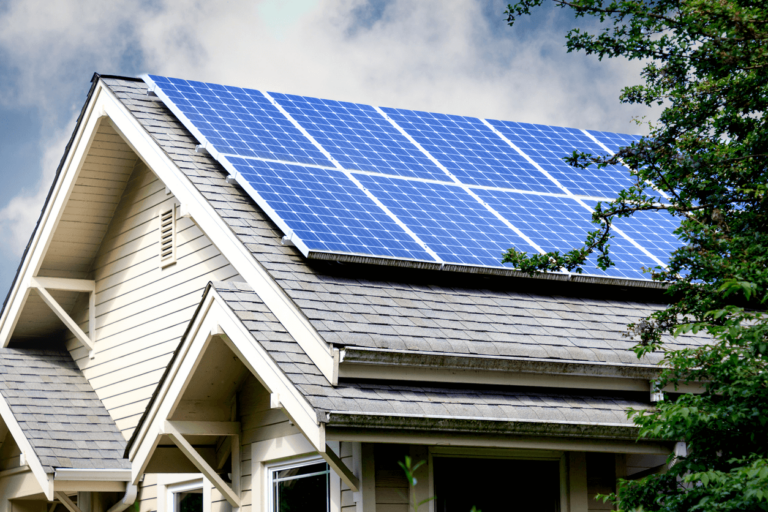
Recycled Materials
Roofing materials made from recycled content are more environmentally friendly. They reduce waste and often have a lower manufacturing footprint.
Green Roofs
A green roof is covered with vegetation and provides excellent insulation. This helps to reduce energy costs and supports biodiversity.
Cool Roof Coatings
Cool roofs are designed to reflect more sunlight and absorb less heat than a standard roof, which can help reduce energy costs.
But what happens to the old roof materials? Let’s tackle responsible disposal methods.
7: Disposal and Recycling of Old Roofing Materials
Recycling Shingles
Asphalt shingles can often be recycled and used for paving roads. This is an environmentally friendly alternative to sending them to a landfill.
Reusing Materials
In some cases, roofing materials like slate or tiles can be reused. This not only saves money but also is more sustainable.
Renting a Dumpster
When replacing a roof, renting a dumpster is often necessary to handle the waste. Ensure to check local regulations regarding disposal.
Working with a Responsible Contractor
Choose a contractor who is committed to environmentally responsible practices for disposing of roofing materials.
Maintaining your new roof is just as important as selecting the right materials. Next, let’s discuss maintenance tips.
8: Roof Maintenance Tips
Regular Inspections
Conduct regular inspections, particularly after storms, to check for any signs of damage or wear.
Cleaning Gutters
Keeping gutters clean is essential in preventing water damage. Ensure they are free of leaves and debris.
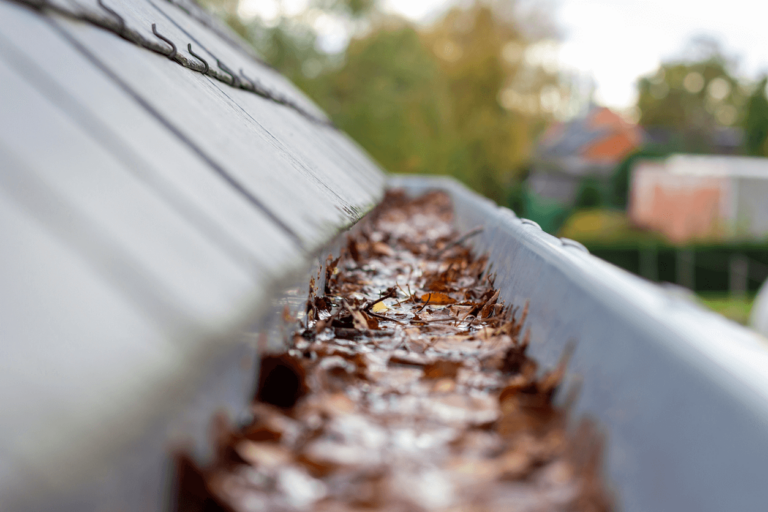
Addressing Issues Promptly
If you notice any issues, such as leaks or damaged shingles, address them promptly to prevent further damage.
Professional Maintenance
Consider hiring a professional for regular maintenance. They have the expertise to spot issues that you might not notice.
Now, how about some innovations in the roofing industry? Let’s explore them.
9: Innovations in Roofing
Drone Inspections
Drones are being used for roof inspections. This technology allows for a more detailed analysis without the risk of climbing onto the roof.
Energy-Efficient Materials
New materials are constantly being developed that are more energy-efficient, reducing the environmental impact of your roof.
Smart Roofs
Smart roofs incorporate technology to monitor the condition of the roof and alert the homeowner to potential issues.
Cool Roof Coatings
New coatings that can be applied to existing roofs are being developed to make them more energy-efficient.
Lastly, let’s talk about hiring the right contractor for your roof replacement.
10: Hiring the Right Contractor Research and Reviews
Start by researching local contractors and reading reviews from previous customers.
Verify Licenses and Insurance
Ensure that the contractor is licensed and insured. This protects you in case of any issues during the roof replacement.
Get Multiple Quotes
Get quotes from multiple contractors to ensure that you are getting a fair price.

Written Contract
Make sure that everything is in writing, including the scope of the work, the cost, and the expected timeline.
Conclusion
Knowing when and how often to replace your roof is essential for maintaining the integrity of your home. By understanding the materials, recognizing the signs of a worn-out roof, and engaging a reliable contractor, you can make informed decisions regarding your roof replacement. Keep an eye on innovations and embrace sustainable options for an environmentally friendly choice.
